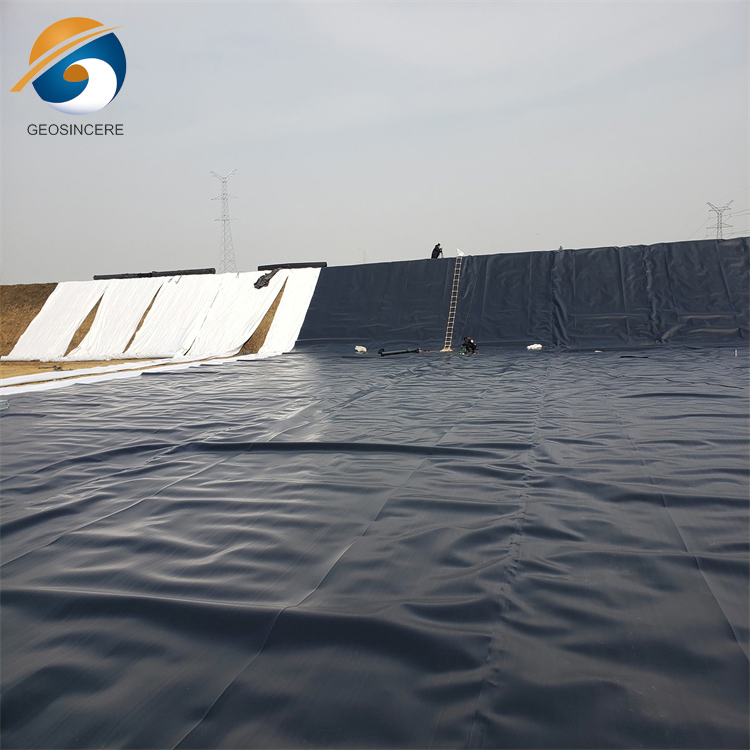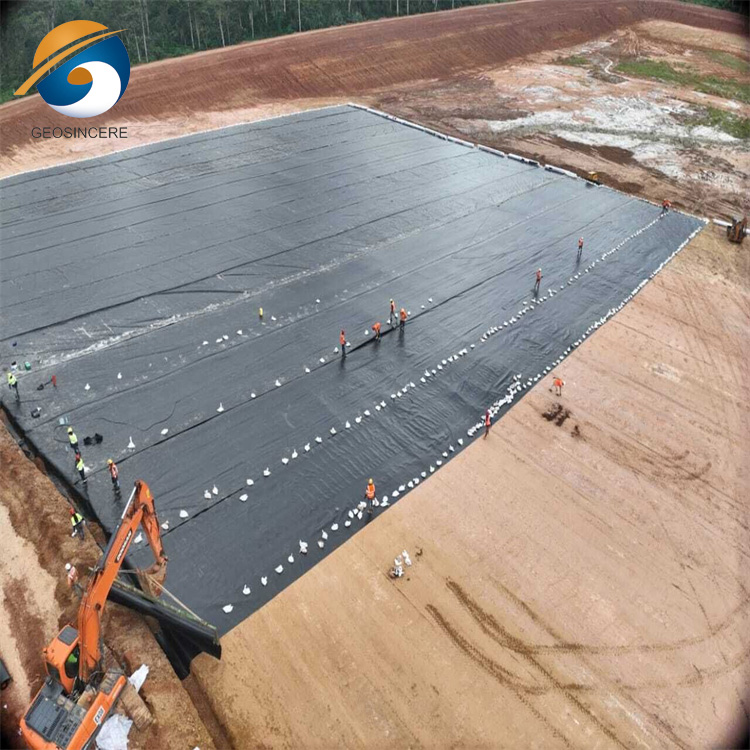What Is A Landfill Liner?
Garbage has detrimental effects on the environment, leading to various drawbacks. Improper waste disposal causes pollution of land, water, and air. Landfills release harmful gases and leachate, contaminating soil and groundwater. Garbage can destroy natural habitats, disrupting ecosystems and endangering plant and animal species. Decomposing waste releases chemicals and toxins, contaminating soil and affecting agriculture. Plastic waste pollutes water bodies, harming aquatic life and water quality. Improper waste management poses health risks and creates breeding grounds for disease-carrying pests. Accumulated garbage in public spaces tarnishes aesthetics and tourism. Landfills contribute to greenhouse gas emissions, exacerbating climate change. Sustainable waste management practices are essential to mitigate these environmental impacts.
1.What Is A Landfill Liner?
A landfill liner is a vital component in waste management practices that plays a critical role in minimizing environmental contamination. It is a barrier system specifically designed to prevent the migration of pollutants from a landfill into the surrounding environment. Its purpose is to create a protective layer between the waste materials and the underlying soil and groundwater, ensuring that harmful substances do not seep into the ground or contaminate nearby water sources. By serving as a barrier, the landfill liner helps safeguard ecosystems, protect public health, and preserve the integrity of the environment.
2.Components of A Landfill Liner
A typical landfill liner system consists of multiple layers that work together to provide effective containment and prevent the migration of pollutants. These layers include:
2.1 Primary Liner: The primary liner is typically made of high-density polyethylene (HDPE), a durable and impermeable material. It serves as the main barrier against leachate, which is the liquid generated from decomposing waste. The primary liner prevents leachate from seeping into the underlying soil and groundwater, minimizing the risk of contamination.
2.2 Secondary Liner: The secondary liner adds an extra layer of protection against leachate migration. It can be composed of a clay liner or a geomembrane. Clay liners are constructed by compacting natural clay soils with low permeability. Geomembranes, on the other hand, are synthetic materials specifically designed to be impermeable and resistant to chemical exposure. Both types of secondary liners enhance the overall effectiveness of the landfill liner system.
2.3 Geotextile Layer: Positioned between the primary and secondary liners, the geotextile layer serves several purposes. It acts as a cushioning material to protect the primary liner from punctures or damage during installation. Additionally, it aids in drainage by allowing leachate to flow freely and facilitating the collection and removal of leachate from the landfill. The geotextile layer also acts as a filtration barrier, preventing fine particles from migrating into the underlying layers while allowing leachate to pass through.
By combining these different layers, the landfill liner system provides a comprehensive barrier against leachate migration, ensuring the containment of pollutants and minimizing the environmental impact of landfills.
3. Landfill Liner Functions and Benefits
3.1 Containment of Leachate: The primary function of a landfill liner is to effectively contain and prevent the migration of leachate.By preventing leachate from seeping into the underlying soil and groundwater, landfill liners minimize the risk of environmental contamination and protect water sources from pollution.
3.2 Environmental Protection: By containing leachate and preventing its migration, landfill liners help safeguard ecosystems and protect nearby surface water bodies, such as rivers, lakes, and streams. This reduces the potential adverse effects on aquatic life and helps maintain the overall ecological balance in the surrounding environment.
3.3 Long-term Stability: By creating a barrier between the waste materials and the underlying soil, landfill liners prevent the waste from directly interacting with the surrounding environment. This helps to minimize the potential for soil erosion, subsidence, and other geotechnical issues that could compromise the stability of the landfill over time.
3.4 Preventing Soil Contamination: By effectively containing and isolating the waste, landfill liners help protect the soil from contamination, preserving its fertility and ensuring its suitability for future land use, such as agriculture or construction.
In summary, landfill liners fulfill critical functions in waste management by containing leachate, protecting the environment, ensuring long-term stability, preventing soil contamination, and promoting regulatory compliance. By effectively implementing landfill liner systems, the negative environmental impacts associated with landfill operations can be minimized, leading to more sustainable waste management practices.
4. Advances In Landfill Liner Technology
These advancements in landfill liner technology aim to enhance the performance and durability of liner systems while reducing the environmental impact of landfills. By improving impermeability, durability, and leachate management, these innovations contribute to more effective waste containment, reducing the potential for pollution and promoting sustainable waste management practices.
4.1 Geosynthetic Clay Liners (GCLs): Geosynthetic clay liners combine geotextiles with bentonite clay, creating a composite liner with enhanced impermeability. GCLs offer improved performance compared to traditional clay liners by providing greater resistance to hydraulic conductivity and better long-term stability.
4.2 Composite Liners: Composite liners combine different materials to optimize their performance. For example, a composite liner may consist of a geomembrane layer combined with a geosynthetic clay liner or a geotextile layer. These combinations provide multiple layers of protection, enhancing impermeability, and preventing the migration of leachate more effectively.
4.3 Geomembrane Enhancements: Geomembranes, which are typically made of materials like high-density polyethylene (HDPE) or polyvinyl chloride (PVC), have undergone advancements to improve their durability and resistance to chemical degradation. These enhancements ensure a longer lifespan for the landfill liner system and reduce the risk of punctures or leaks.
5. Conclusion
A landfill liner is a crucial component of waste management systems, serving as a protective barrier between the waste and the environment. It consists of layers of impermeable materials that prevent the leaching of harmful substances into the soil and groundwater. By promoting the use of landfill liners, we can effectively minimize the risk of pollution and contamination, ultimately safeguarding our ecosystem. It is our collective responsibility to prioritize environmental conservation and foster a culture of caring for our surroundings. Let us strive towards sustainable practices and make conscious efforts to protect and preserve our environment for future generations.













